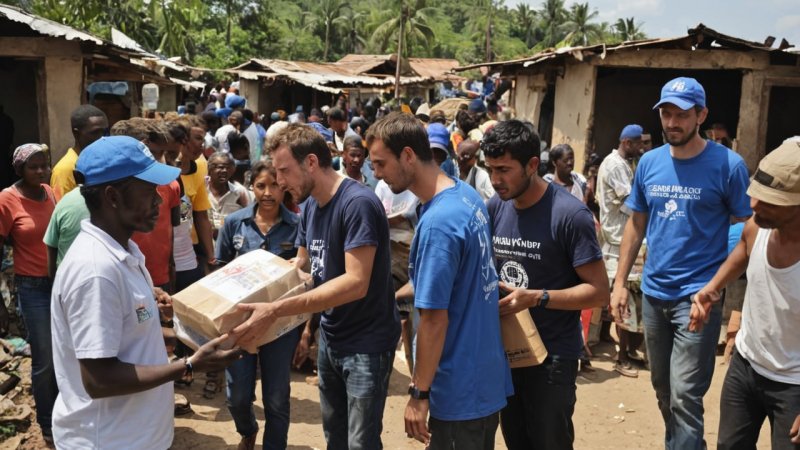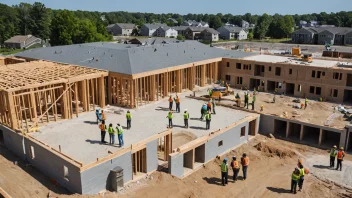When disaster strikes, the immediate aftermath can be devastating. Communities are often left in disarray, struggling to find their footing amidst the chaos. International aid plays a crucial role in disaster recovery, providing the necessary support for rebuilding lives and communities. In this article, you will learn about the steps involved in effective disaster recovery through international aid and how you can contribute to these efforts.
Step 1: Understand the Nature of Disasters
Disasters can be natural, such as earthquakes, floods, or hurricanes, or man-made, including conflicts and industrial accidents. Understanding the specific needs of a community impacted by a disaster is essential for tailoring aid responses effectively.
Step 2: Assess the Needs of Affected Communities
Once a disaster occurs, the first step for international aid organizations is to conduct a needs assessment. This involves gathering data on the extent of the damage, the number of people affected, and the resources needed for recovery.
Actions to Take:
- Collaborate with local authorities and organizations.
- Engage with the affected community to understand their needs.
- Prioritize immediate needs such as food, water, and medical care.
Step 3: Mobilize Resources
Once the needs are assessed, international aid organizations mobilize resources, which may include financial support, supplies, and volunteers. This step is crucial in ensuring that communities receive timely assistance.
Actions to Take:
- Reach out to governments and NGOs for partnerships.
- Utilize technology for efficient resource allocation.
- Coordinate with local agencies for logistics and transportation.
Step 4: Implement Aid Programs
With resources mobilized, the next step is to implement aid programs. These programs can vary widely based on the needs of the affected area but often include food distribution, healthcare services, temporary shelter, and rebuilding infrastructure.
Actions to Take:
- Establish distribution points for food and supplies.
- Set up clinics to provide medical care.
- Coordinate with construction teams for rebuilding efforts.
Step 5: Foster Community Engagement and Empowerment
Involving the affected community in recovery efforts is vital. Empowering local residents to take part in rebuilding their lives fosters resilience and ensures that the aid provided addresses their unique needs.
Actions to Take:
- Encourage community participation in planning and implementation.
- Provide training and resources for local leaders.
- Create opportunities for community dialogue and feedback.
Step 6: Monitor and Evaluate Progress
Monitoring and evaluation are essential to understand the effectiveness of disaster recovery efforts. This step allows organizations to adjust their strategies based on what is working and what isn’t.
Actions to Take:
- Set clear indicators for success.
- Conduct regular check-ins with the community.
- Document lessons learned for future disaster responses.
Step 7: Plan for Future Resilience
Finally, it's crucial to plan for future resilience to minimize the impact of future disasters. This involves creating systems that strengthen community infrastructure and preparedness.
Actions to Take:
- Invest in sustainable infrastructure projects.
- Educate communities on disaster preparedness.
- Build networks for ongoing support and collaboration.
In summary, the role of international aid in disaster recovery is multifaceted and requires a proactive, community-centered approach. By understanding the nature of disasters, assessing needs, mobilizing resources, implementing aid programs, fostering community engagement, monitoring progress, and planning for resilience, we can significantly impact affected communities. As a global citizen, consider how you can support these initiatives, whether through volunteering, raising awareness, or advocating for effective aid policies.






